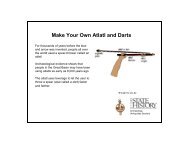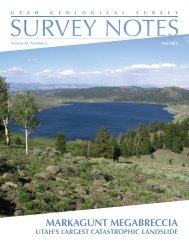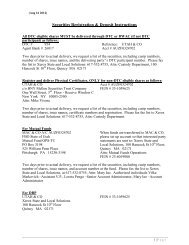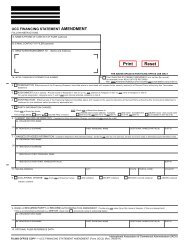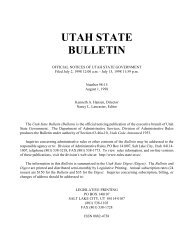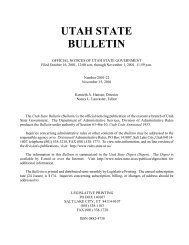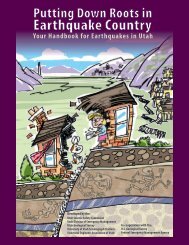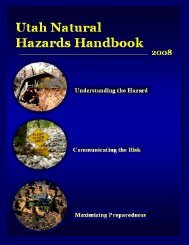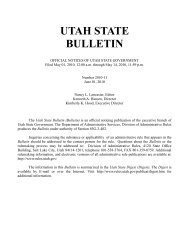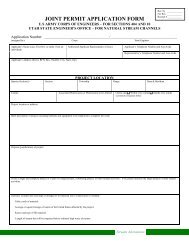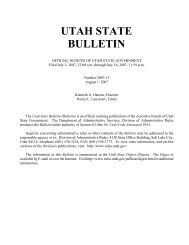Lynx avoidance [PDF] - Wisconsin Department of Natural Resources
Lynx avoidance [PDF] - Wisconsin Department of Natural Resources
Lynx avoidance [PDF] - Wisconsin Department of Natural Resources
You also want an ePaper? Increase the reach of your titles
YUMPU automatically turns print PDFs into web optimized ePapers that Google loves.
Habitat types preferred by lynx are variable, rangingfrom old-growth coniferous forests to coniferous ormixed forests that are regenerating after fire orlogging. Forests that are growing back after fire orlogging <strong>of</strong>ten provide excellent food and cover forhares, and therefore attract lynx. It is extremely rarefor lynx to be found in deserts, prairies, or farmlandhabitats.Bobcats are widely distributed across the UnitedStates. They are rare along portions <strong>of</strong> the mid-Atlantic coast with dense human populations. Bobcatdensities are usually greater in southern states. Theirnorthern distribution may be limited by snow depth.Bobcats seem to prefer areas with high preyabundance and dense understory vegetation. Forestedges and rocky ledges and outcrops are alsoimportant terrain features. Bobcats thrive in a variety<strong>of</strong> habitats including dense old-growth forests,hardwood and hardwood-mixed forests, brushyhabitats, deserts, prairies, swamps, and farmlandhabitats.Both lynx and bobcats seem to use the convenience <strong>of</strong>logging roads in forests to aid travel.Trapping Methods to Help AvoidCatching <strong>Lynx</strong>To avoid lynx while trapping bobcats, trap sets shouldbe made where bobcats are known to exist. Making13


![Lynx avoidance [PDF] - Wisconsin Department of Natural Resources](https://img.yumpu.com/41279089/13/500x640/lynx-avoidance-pdf-wisconsin-department-of-natural-resources.jpg)
